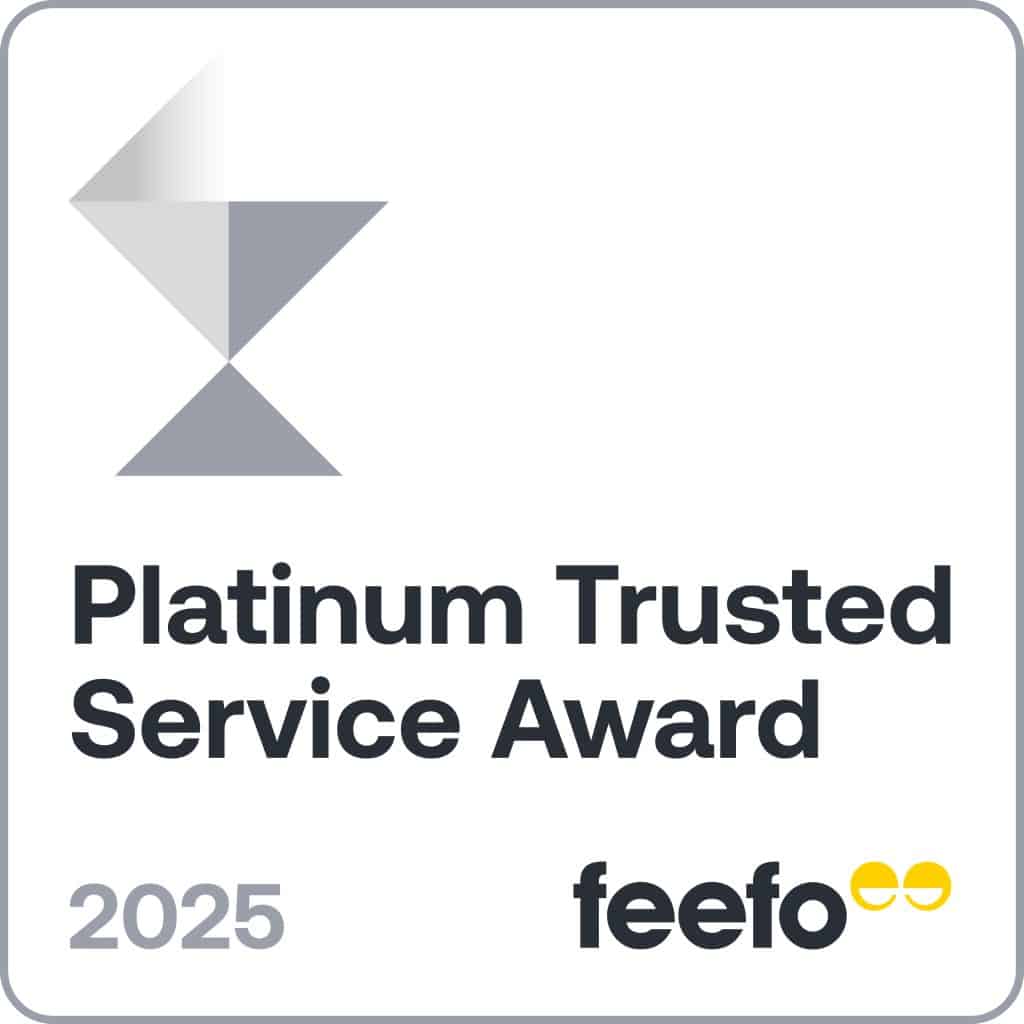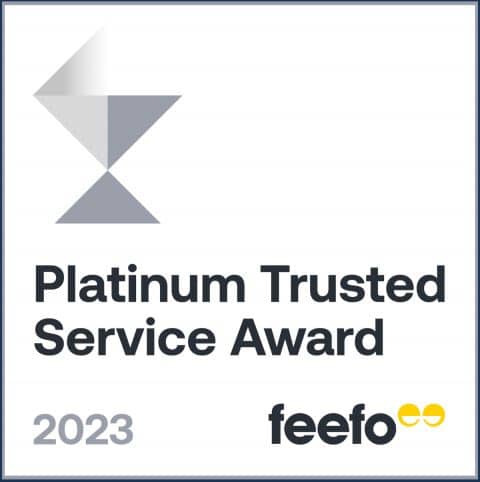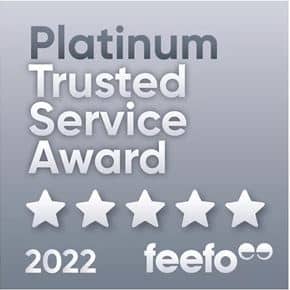A line of credit is a type of business finance that allows you to borrow funds in smaller chunks as you need them. You’ll be approved to borrow up to a set limit, meaning you can withdraw funds up to that limit at any time without seeking approval.
For instance, if your limit was $200,000, this could be withdrawing amounts between $5,000 and $10,000 more frequently or a single hit of $100,000 or more. It all comes down to your business and what you need.
Why apply for a business loan with Savvy?
Expert brokers
You can speak with one of our specialist commercial brokers who can walk you through a range of loans to best suit your company's needs.
Over 40 lending partners
You can compare business loan offers, through a range of trusted lenders, maximising your chances of a great rate.
Fast online process
You can fill out our simple online form to generate a free business finance quote within minutes. You can also come back to it at any time.
How do I repay a line of credit?
Once you use your business’ line of credit, you can repay the outstanding balance with interest and any applicable fees. There are often no structured repayment requirements; instead, you can pay it off at a speed that suits your business, though the longer you take, the more interest you’ll be charged. Some lenders will require this to be paid within a certain timeframe, such as five years.
All of this is in contrast to standard secured or unsecured business loans, where you’ll receive a single lump sum at the start of the loan and manage its repayments over a set term of between one and seven years.
Are business lines of credit secured or unsecured?
You can apply for a secured or unsecured line of credit for your business through Savvy. Before you do that, though, it’s worth understanding the differences between these two options:
Secured lines of credit
These require an asset to be attached as collateral for the credit line, such as a vehicle, equipment or property owned by your business. As a result of this, your interest rates are likely to be lower and your business’ borrowing power may increase.
However, your security will have to meet your lender’s eligibility criteria relating to age, condition and type, meaning not all businesses will have a suitable asset. Because your lender has to assess the asset, this may also mean secured lines take longer to process.
Unsecured lines of credit
As the name suggests, these credit lines don’t require any collateral, making them more widely available to smaller businesses that may not own a suitable asset. They’re also often more straightforward to apply for. However, as mentioned, not having security means your rates will be higher and maximum borrowing power may be lower.
How much can my business borrow with a line of credit?
Business lines of credit can go up to as much as $250,000 to $300,000 when unsecured or up to $500,000 or more when secured. However, the maximum limit your business is approved for will depend on a wide range of factors, including:
- Your business’ finances: lenders will look at your business’ financial situation, such as its revenue and costs, to get an idea of how much debt it may be able to manage.
- The size of your business: you’ll be approved for a credit line that’s proportionate to your business. Smaller businesses are more likely to be approved for lower maximum limits, for instance.
- Your business’ credit score and history: businesses with stronger credit profiles and a proven track record of managing similar debts are more likely to be approved up to a higher limit.
- Whether your credit line is secured or unsecured: as discussed, secured lines of credit may boost your borrowing power (depending on the above factors and the value of your asset).
- Your lender’s borrowing limit: different lenders have different borrowing limits, so you may be able to borrow more with some than others.
How do I compare line of credit options?
When it comes to choosing your business finance deal, there’s plenty you’ll need to consider. Some of the factors to think about include:
- Interest rates
- Application/establishment fees (one-off charge based on a percentage of your credit limit)
- Line fees (charged as a percentage of your credit limit on an ongoing basis)
- Maximum and minimum limits
- Whether a maximum repayment term is required
- Business and security eligibility criteria
When you apply with Savvy, you can have all of these factors compared for you. Once you apply online, one of our expert consultants will get to work comparing options from our panel of trusted lenders to find the one that best suits your needs.
Should I just use my business credit card instead?
Credit cards are also common among businesses of all sizes, so you might be wondering how these two options are different. Let’s break it down for you:
| Business line of credit | Business credit card | |
|---|---|---|
| Credit limit | Up to $500,000+ | Up to $50,000 to $100,000 (can come with no limit for larger corporate purposes) |
| Interest rates | Lower | Higher |
| Fees | Line fees, late fees | Annual fees, cash advance fees, late fees, fees for any package deals |
| Interest-free period? | No | Yes |
| Secured or unsecured? | Either | Unsecured |
| Minimum repayments | Up to five years total (with some lenders) | 2.00% to 3.00% of your balance (depending on provider) |
| Linked rewards? | No | Yes (with some cards) |
As you can see, many business credit cards have lower borrowing limits than line of credit loans and although they can come with interest-free periods, the rates charged are generally higher. This means that they may only be suitable for expenses that you can comfortably cover within the short interest-free timeframe.
The benefits of business lines of credit
-
Access funds when you need them
Unlike more traditional business lending, you’ll be able to withdraw as much as you like as many times as you like (provided it’s within your limit).
-
Pay off your balance at your own pace
You’ll be able to chip away at your balance at times that are most convenient for your business, although you may need to have it cleared within a certain period.
-
Only pay interest on what you use
You won’t have to worry about overborrowing and paying more than you need to, as you’ll only pay interest on your outstanding balance, rather than the full line limit.
-
Available with or without security
There are options available for businesses that own valuable assets and wish to use them as collateral, as well as plenty of options for those looking for unsecured credit.
WHAT OUR CUSTOMERS SAY ABOUT THEIR FINANCE EXPERIENCE



Savvy is rated 4.9 for customer satisfaction by 6323 customers.
Applying for a business loan
-
Tell us about yourself and what you want to buy
Start by filling out our simple online application form. This will tell us details like what you want your loan for, how much you need and your business’ structure, revenue and trading time.
-
Send through any required documentation
We may require further information in some cases to verify parts of your application. If this is the case, we’ll ask you to submit additional documents via our online portal.
-
Discuss your next steps with a Savvy consultant
Once we get all the info we need, we’ll get to work comparing options from our lender panel. A member of our consultant team will give you a call to talk about your options.
-
Have your application submitted for formal approval
After you give us the all-clear, we’ll get to work preparing your application to submit to your lender. This can be formally approved as soon as within 24 hours.
-
Sign your contract and settle the deal
Once you receive approval, you’ll be sent all the required contracts and forms you’ll need to sign, which can be done electronically. We’ll handle settlement and your funds will be transferred once it's all wrapped up!
Business loan eligibility and documentation
Eligibility
-
Age
You must be at least 18 years of age
-
Residency
You must be an Australian citizen or permanent resident (or, in some cases, an eligible visa holder)
-
ABN registration
Have an ABN registered in your name (available from as soon as one day after registration)
-
Usage
Meet business usage requirements (at least 51% of any asset you buy, for example)
-
Credit score
You must meet your lender’s minimum personal and business credit score requirements
-
Commercial asset
If you're buying an asset with a secured loan, it must meet your lender’s requirements in relation to its type, age and condition
Documents
-
Personal information
Such as your full name, date of birth, address and contact details
-
Driver's licence
Front and back (or another form of government-issued ID)
-
Assets and liabilities
Information about your business’ assets and liabilities, as well as those in your name
-
Asset details
If buying an asset, information such as its model and age, is worthwhile having on hand
-
Business statements
Business Activity Statements (BAS) and business bank statements may be requested, but not always
Top tips for using a business line of credit well
-
Plan to pay things off quickly
A line of credit can be a good solution for sudden, urgent expenses. But it’s best to keep it as a short-term stop gap solution. Plan to pay off expenses on your line of credit promptly where possible.
-
Watch your balances
A line of credit can sometimes be a little too easy to access. It isn't hard to lose track of your spending, and potentially even get close to your credit limit. Keep a close eye on the balance at all times.
-
Don't use it for operating losses
If your business finds itself running at a moderate loss, don’t try to plug the gap with line of credit funds. If things don’t turn around quickly, you'll have saddled yourself with more high-interest debt.
-
Have a backup plan
It’s good to have a backup plan for how to quickly clear your balance. It's possible (on rare occasions) for a lender to cancel a line of credit and require any remaining debt to be promptly repaid.











